
Several months ago I was surveying the Paul Seabury papers, Banc MSS 91/115, currently an unprocessed collection. I came across something unique among the papers in the collection and extraordinary in itself. Although I am still not quite sure it was authored by Seabury, a few clues do point in that direction.
"And the Shrimps Eat Mud" is a sort of primitive graphic novel, like a picture book for adults, mostly revolving around themes of power inequity and war. It tells the story of a mythical Charles Darwin, fretting over the ways that powerful men oppress their less powerful fellows, and how the oppressed are often forced into war.
It is dozens of pages long, and I found the cartoon drawings very touching, especially in the way the faces of downtrodden or underdog characters are portrayed on many pages.


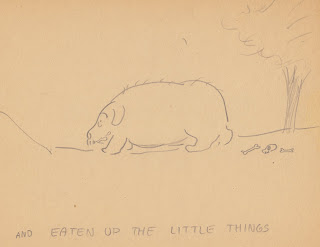

In the story, eventually the downtrodden peasants revolt and refuse to engage in the rich men's war, and Darwin is no longer plagued by sleepless nights.

The estimated dates for "And the Shrimps Eat Mud" are not consistent with the bulk of the collection-- the paper it's drawn on, the style of drawing, and the outfits of the military figures all suggest the cartoon was created after the first World War but before the second. Yet Seabury was born in 1923, too late to experience the effects of World War I firsthand, and he as far as I can tell he did not come to teach at Cal until the 1950s (I think)-- and the bulk of his papers date from the 1950s-1980s.
However, Seabury's calisphere entry notes that while he was often labeled a reactionary, he was also a harsh critic of the powerful whether in politics or religion, which is the central point of "And the Shrimps Eat Mud." He is also characterized as whimsical, which the cartoon definitely is.
Whomever the author, this piece has captivated my attention. It is one of those rare gems in the archives with the immediacy to connect us to the humanity beyond the stacks. Items like this one make every day of the survey worth its weight in gold.
Happy Holidays everyone!
- D. Miller, 12/21/2009








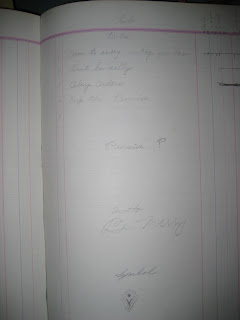





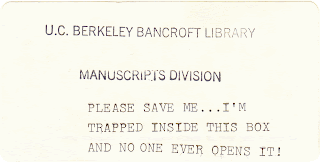






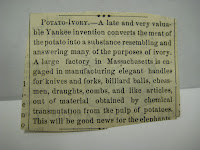
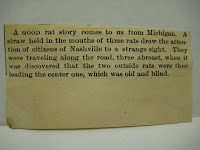
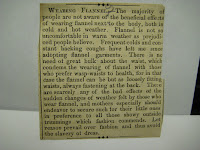

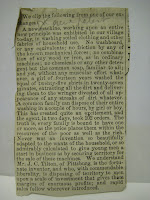



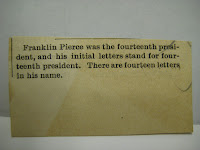

















 .
.


